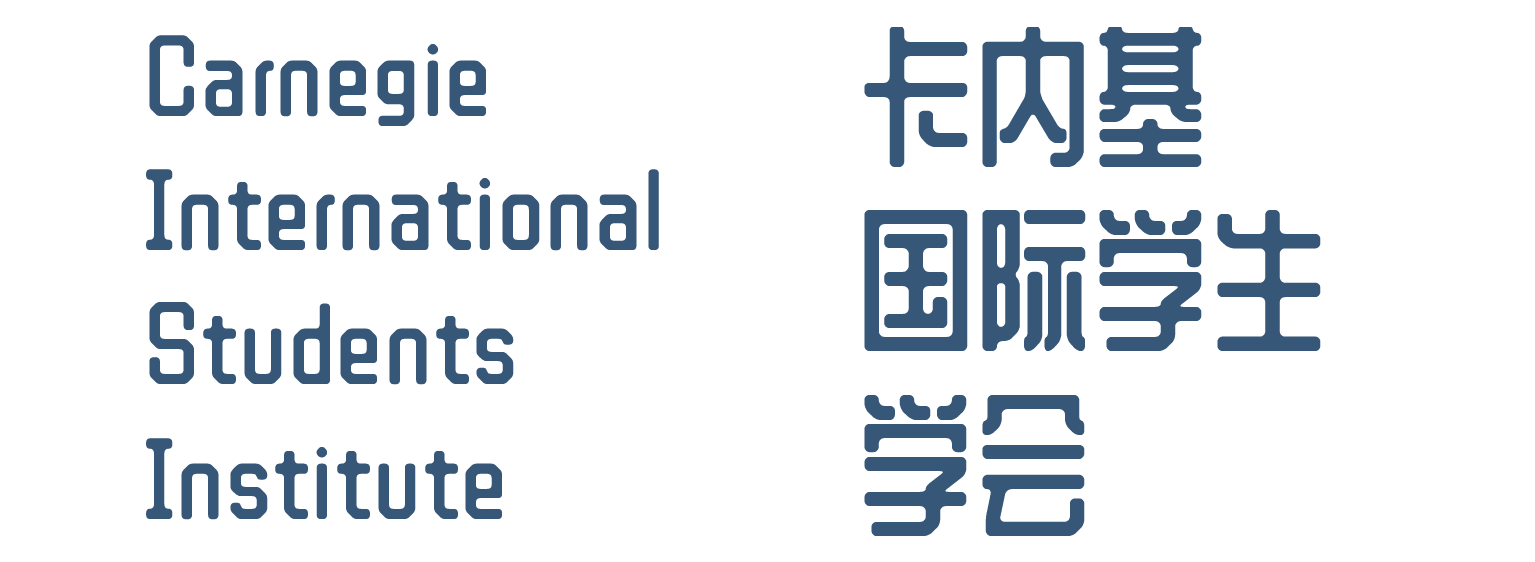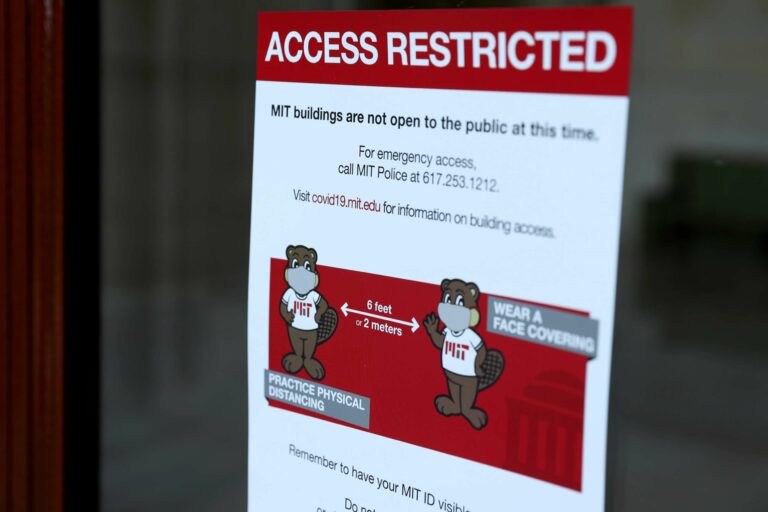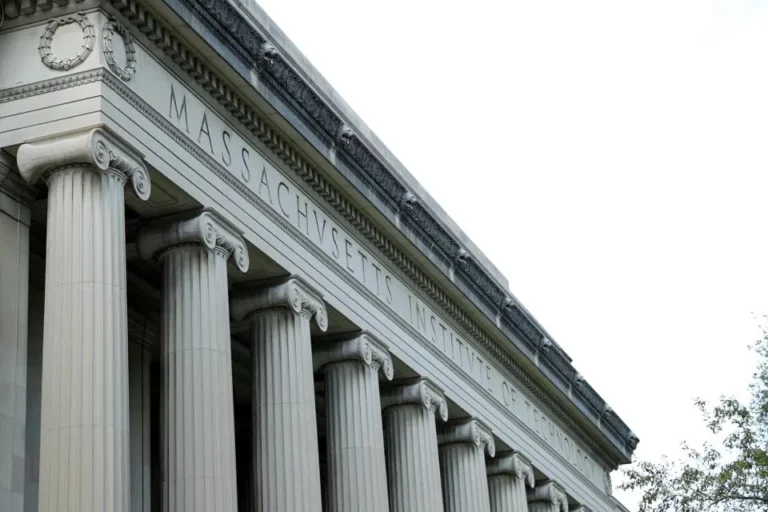Some Chinese Students Shun the ‘Rich’ Title
When some college students look at their more than 363, 341 Chinese classmates on American campuses, they think they see internationals who don’t have to worry about money.
Viral stories showing international students from China driving high-end cars and waving off concerns about tuition add to the stereotype.
But many Chinese students — who comprise one-third of the more than 1 million international students in the U.S. — say their families saved for years to support an education at expensive American colleges and universities.
“I prepare the tuition and fees by scrimping and saving,” said Yeming Zhang, a Chinese parent who spends about $90,000 a year to send her daughter to Boston University in Massachusetts. She said she sold construction industry equipment for 10 years to save for her daughter’s schooling.
To lessen the burden on her family, Linda Zhou said she worked 15 hours a week as a receptionist in the English language center and international student center. (Visa restrictions limit where and how much international students can work.)
Many other Chinese students also work to earn money for expenses like food and clothing. Xuemeng Zhao at Hampshire College in Massachusetts works four jobs and sleeps only six hours a day, he said. Vivi Zou from University of California-Davis works as barista for eight hours a week.
About 65 percent of the more than one million international students in the U.S. pay tuition and fees out of pocket, meaning from parents, personal business, or scholarships from their home governments. Among undergraduates, more than 80 percent pay their school costs from personal or family sources, according to the Institute for International Education (IIE) in Washington.
Many are from middle-class or upper middle-class families paying tuition that can range from about $27,000 to more than $70,000 per year for non-Americans. When they apply for student visas, they must show proof that they can afford their annual expenses, not just the airplane ticket to the U.S.
“International students with F-1, F-2, J-1, J-2, and G-series [diplomatic] visas are required to show proof of enough resources to meet their expenses while attending University of Michigan-Ann Arbor, and federal regulations limit financial assistance,” explained Rick Fitzgerald, spokesperson for the University of Michigan-Ann Arbor.
Despite the price, many Chinese families prepared for their children’s college educations for years and consider their children worthy of a good education.
“I think attending U.S. college provides my son a more extensive platform to expand his horizons and social circles,” said Mingjun Chao, whose child attends the University of Southern California. “We paid the bill from our savings.”
Likewise, said Yeming Zhang, “I sent my kid to U.S. colleges to get exposed to diverse culture, and to adjust to the diverse society.”
But when Chinese students arrive in the U.S., they learn they are paying much more than most domestic students, and some question the disparity.
“It’s understandable for domestic students to have lower tuition than international students,” said Tianze Liu, a Chinese student at the University of California-Irvine. “They deserve the public service of their own country.
“However, sometimes our tuition is 10 times more than theirs.”
Dan Mann, associate provost for enrollment management from University of Illinois at Urbana-Champaign, explained that “rates are often higher for international students because they do not pay federal or state taxes that help to fund the university operations and research enterprise.”
For example, a student from Massachusetts will pay in-state tuition at the University of Massachusetts, but out-of-state rates to a public university in California, like an international student. At the University of California system in 2016-2017, tuition and fees for in-state residents was $15,397, and $43,411 for out-state residents.
And over the past 30 years, costs increased 213 percent at U.S. public institutions and 130 percent at private U.S. institutions, said Rajika Bhandari, research and strategy senior adviser at IIE. This continued climb in tuition and fees is intersecting with a decrease in public funding for colleges and universities.
State funding for public two- and four-year colleges last year was nearly $9 billion below its 2008 level, reports the Center for Budget and Policy Priorities, a nonpartisan research and policy institute in Washington, on its website.
“A decade since the Great Recession hit, state spending on public colleges and universities remains well below historic levels, despite recent increases,” the CBPP wrote.
International students contributed $42 billion to the U.S. economy in 2017-2018, according to the Institute for International Education, in the sectors of higher education, accommodations, dining, retail, telecommunications, transportation and health insurance. And they help support more than 455,000 jobs in the U.S., which means every seven international students create three jobs in the U.S.
Sandy Baum, an expert on higher-education finance at the Urban Institute, a nonprofit research organization, said Chinese students “are not paying more than the full sticker price.”
“And they are not paying more than the education is worth to them. At most private colleges, all students are being subsidized — including the Chinese students. It’s just that the full-pay students are getting smaller subsidies than those on financial aid.”
A few Chinese students reported receiving financial aid from U.S. colleges. Alex Kong, a rising senior from University of Missouri-Columbia School of Journalism, said he received $7,600 over three years, including scholarships and financial aid.
“It’s very encouraging to me. It pushes to me devote more time into my academics,” he said. “I applied for financial aid and scholarship to relieve my family’s burden. It is also the first step for me to be financially independent.”
Kong searched Google to learn how to get aid from his college and followed the steps to complete forms. However, “many of my friends don’t seem to know about the aid and the scholarship. If you yourself don’t ask about it, nobody will tell you,” Kong said.
Chinese students say they feel compelled to earn the tuition back through well-paying jobs after graduation.
“I would be happier and feel less pressure if it is not my parents paying for my full tuition. I feel guilty to make them do so,” said Linda Zhou, a Chinese senior at Vanderbilt University in Tennessee. “The tuition is like my parents’ investment in me, and I have to make it reward and paid back. I will be disappointed in myself if I fail to do so. It’s important.”
Zhou said she prioritized college rankings over financial aid when she decided on colleges.
“I didn’t know enough about financial aid and scholarship when I applied for U.S. colleges. But if I could choose again, I would apply for financial aid and scholarship, and attend the one who gives me money even though it might be ranked lower,” she said.
via:https://www.voanews.com/a/us-colleges-expensive-for-chinese-students/4671154.html







